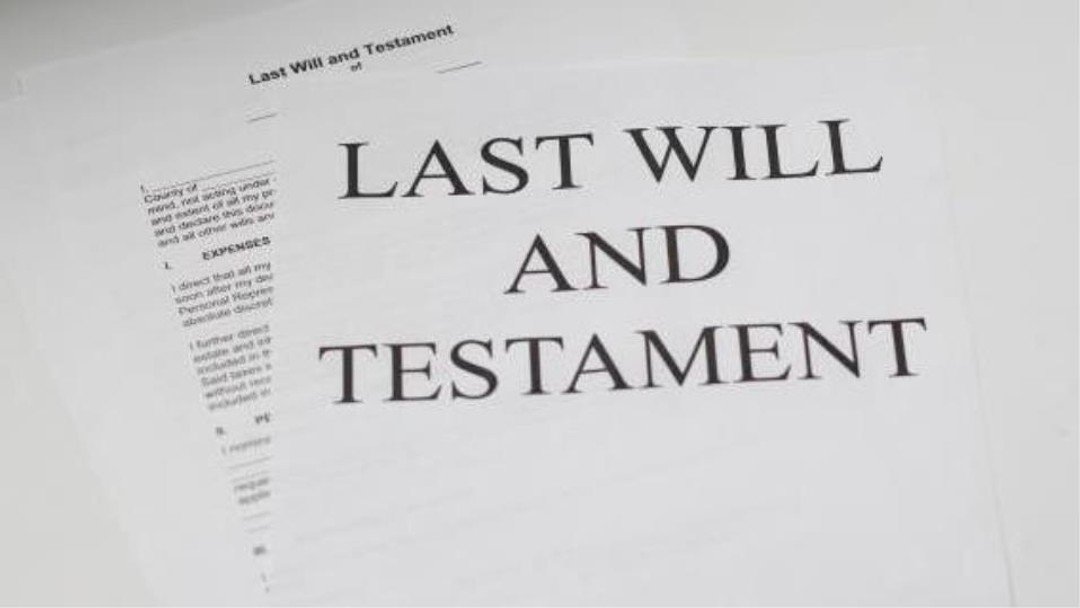Eade v Hogg: a salutary lesson to all private client lawyers

Reflecting on a recent case, Matthew Duncan reminds us of the paramount importance of accurately recording instructions
My firm, Druces LLP, acted for the widow in the recently reported case of Eade v Hogg and others [2021] EWHC 1057 (Ch). The case concerned a claim for construction and rectification of our client’s late husband’s will.
The case makes for uncomfortable reading for will drafting practitioners. It provides a clear illustration and a useful reminder to all practitioners to ensure clients’ instructions are taken properly, recorded accurately and all relevant documentation preserved.
Background
The case concerned the will of the late Mr Nodes, who held a 91 per cent interest in a family company. The remaining shares were held by his wife, Mrs Nodes, and his friend and co-director, Mr Eade.
In 2015, solicitors were instructed to review the wills of Mr and Mrs Nodes. At the time of the instructions, both Mr and Mrs Nodes were in their eighties. Following a meeting with the solicitor in September 2015, their instructions were partially recorded in the firm’s pro forma will questionnaire.
Mr Node’s existing will left 26 per cent of his shares in the family company to his wife and 26 per cent to Mr Eade. When the will was updated, it was redrafted so that it gave the executors power to appoint to the widow and his friend so many shares as, when added to their existing shareholdings, would amount to 26 per cent.
Mr Eade sought a declaration as to whether, on its true construction and in light of extrinsic evidence which he claimed was admissible under section 21 of the Administration of Justice Act (AJA) 1982, the will clause dealing with the shares permitted an appointment of so many shares as would bring each of the shareholdings up to 26 per cent of the shares, or only so many as to bring the combined shareholdings to 26 per cent together.
In the alternative, Mr Eade sought an order rectifying the clause under s. 20 of the AJA 1982 to permit an appointment to bring each of the shareholdings up to 26 per cent and further sought an order rectifying the clause to require the trustees to make the appointment, rather than merely granting a discretionary power.
Evidence presented to court
The solicitor who prepared the will gave oral evidence and was adamant he had followed his client’s instructions to amend the clause relating to the shares in the company. However, there were no contemporaneous records of those instructions and Mrs Nodes gave evidence that she was adamant her husband had not intended any change to the will clause dealing with the shares from how it had been originally drafted in their previous wills.
What did the court decide?
The court adopted a broad approach to the question of construction and whether the language used in the will was sufficiently ambiguous to enable the court to take into account the extrinsic evidence of Mr Node’s intentions.
Despite the solicitor who drafted the will insisting the combined shareholding was not to exceed 26 per cent, the court rejected the solicitor’s evidence, described disparagingly in the judgment as “evasive, equivocal and frankly unsatisfactory”.
The court preferred the evidence of Mrs Nodes that it was not intended for the will clause to be drafted in the way the solicitor had done so.
The judgment endorsed a generous approach to interpretation and the scope of statutory rectification. The judgment is particularly notable for its comments on the importance of preserving and taking proper attendance notes of will instructions and advice.
Ultimately, the case was decided on the contemporaneous evidence that was provided by the widow and the contemporaneous evidence (or lack of) by the solicitor who prepared the will.
The judgment found in favour of Mrs Nodes’ oral evidence and commended her contemporaneous written records and notes, which were detailed and displayed a considerable attention to detail. In contrast, the solicitor’s evidence was considered deeply unsatisfactory partly based on his evidence not being supported by contemporaneous documents.
What did the testator’s solicitor do wrong?
The solicitor had failed to provide written attendance notes of meetings and failed to confirm the instructions given by Mr and Mrs Nodes in writing. This would ordinarily be a faux pas, but was accentuated by the age of the testators, especially considering inheritance tax advice was also provided to them both.
The solicitor’s failure to make a written record of his instructions was contrary to the Law Society’s Wills and Inheritance Protocol, as was his failure to send a copy of his instructions for the will as agreed at the meeting or a letter with the draft will to explain its effect.
The judgment rebuked the solicitor for his failure to follow the ‘golden rule’ notwithstanding the age of Mr Nodes and his frailty. The judgment once again proves solicitors should always opt for a cautious approach and consider not only obtaining a certificate of capacity in advance of the will being signed, but also the possibility of the will being witnessed or approved by a medical practitioner, who should be completely satisfied the client has testamentary capacity.
During cross examination, the solicitor acknowledged he had taken instructions from Mrs Nodes concerning a specific term of her husband’s will without corroborating those instructions with Mr Nodes, the testator. It remains essential when taking instructions that a solicitor ensures they have the approval of their client directly. It is simply not acceptable to rely on instructions from a third party, even if that third party is a wife or husband of the testator.
There was no discussion nor record of the reasons for the previous will and suitable explanations for why the testator had apparently changed his mind. Unfortunately, this catalogue of failures led to the solicitor failing to deal with the client’s instructions correctly.
What lessons can practitioners learn from Eade v Hogg?
The case, while notable for pushing the boundaries of statutory rectification of wills, should act as a lesson to all practitioners (not just those involved in will drafting) to ensure their files are managed correctly with satisfactory notes recording a client’s instruction.
While previous cases have leant against rectification of professionally drafted wills on the assumption the solicitor has acted in accordance with relevant professional standards, this case demonstrates that failure to do so will pave the way for a successful rectification or construction claim.
Detailed attendance notes can be a saviour for solicitors; a lack of attendance notes can be their downfall. The case firmly underscores the paramount importance for practitioners in doing the following:
· Taking and confirming instructions with the client;
· Taking detailed and contemporaneous attendance notes;
· Sending a copy of the instructions and attendance note to the client;
· Preserving all of the above documents;
· Discuss and record the reasons behind the instructions;
· Ensuring proper proof reading of the will;
· Observing and following the ‘golden rule’.
Failure to observe the above will run the risk of a solicitor incurring liability for costs for any subsequent proceedings brought for rectification or construction and may well face an uncomfortable grilling in court on the witness stand.
Matthew Duncan is a partner at Druces druces.com
